The enemy always came by sea. And those who lived on land were always afraid. A hiking tour along the Baltic Sea beaches shows anyone who keeps their eyes open an amazing glimpse into dark history.
A hundreds of kilometers long hiking trail stretches from one end of the sea near Boltenhagen to just before Gdansk in Poland and can be walked directly along the beach for long stretches. That's exactly where they are hidden, the ruins of a bygone era, built of concrete, huge castles or sometimes hidden in the sand or in the cliffs, which were built primarily during the Second World War, but also in the long decades of the Cold War .
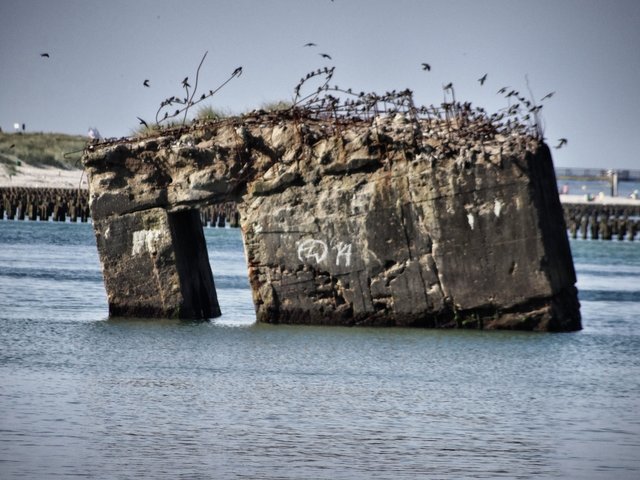 This giant you can find near Wustrow in Germany
This giant you can find near Wustrow in Germany
Bunkers everywhere
Bunkers here, bunkers there, bunkers everywhere. Near Wustrow, a small, cute community on the German Darß, there are several unmissable rudiments made of steel and concrete right on the cliffs. These bunkers, now partially surrounded by water, were once objects of the 6th Coastal Border Brigade of the GDR armed forces, which had stationed its 7th Technical Observation Company here.
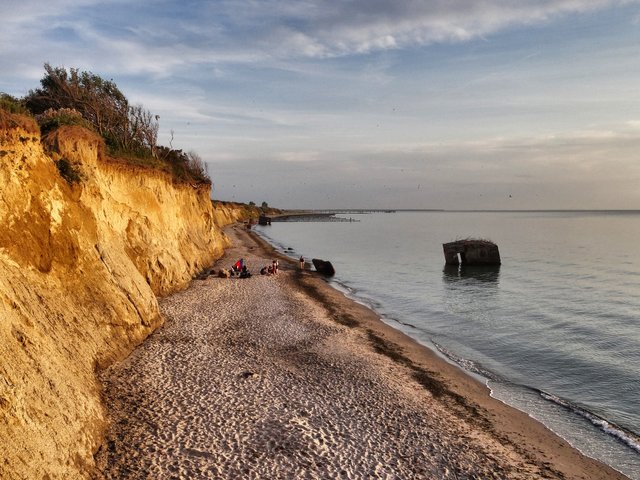 From above the cliff
From above the cliff
A total of three bunkers were built between 1957 and 1959 to monitor ship movements on the Baltic Sea. One bunker housed a heat detection system, and the second bunker housed a radio transmitter. The third and largest building had three work rooms where soldiers sat and evaluated data.
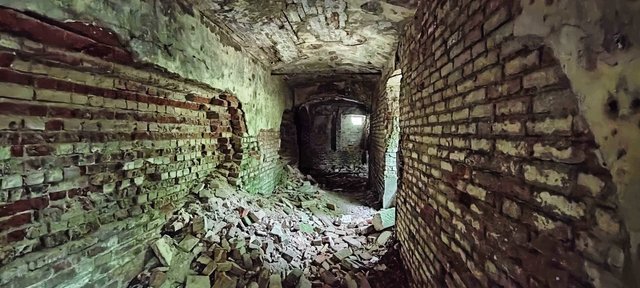 Under the surface in Swasieden, Isle of Ruegen
Under the surface in Swasieden, Isle of Ruegen
Due to the annual demolition of the cliffs, parts of the bunkers have been lying in the water for years; they survived the war, which fortunately never came, and are only gradually being washed away from the public eye.
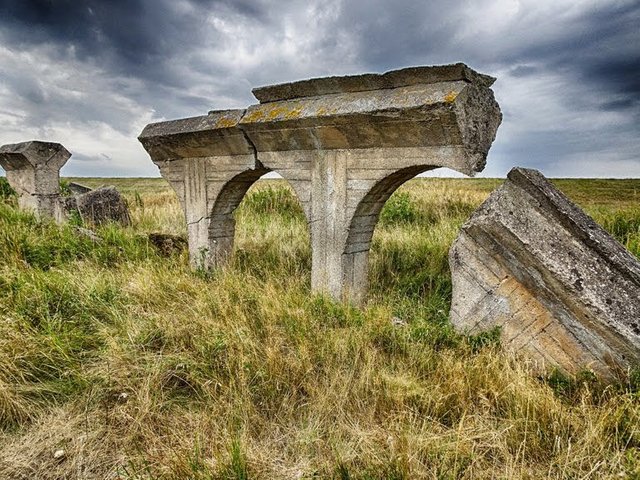 Usedom: Dinosaurs, made by the Nazis
Usedom: Dinosaurs, made by the Nazis
Birds nest on the rubble, the steel rusts and the salt eats away at the cement. The bunkers can be reached via the “Walking Trail to the Wustrow Bunkers”. Day tourists like to marvel here and consider the buildings to be unique.
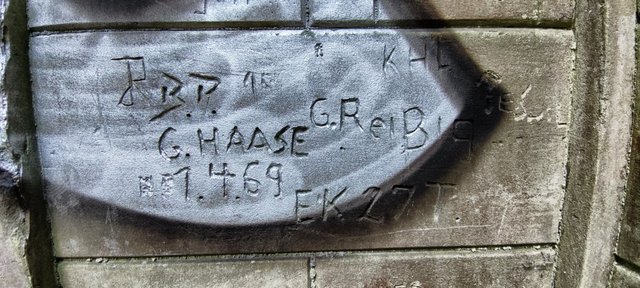 A soldier scratched his name on the wall in 1969
A soldier scratched his name on the wall in 1969
The Castles of the Warlords
But they are not. All along the German Baltic Sea coast, warlords from all times have left their own stone monuments. On Usedom they are actually huge - sometimes barely noticeable, sometimes impossible to miss.
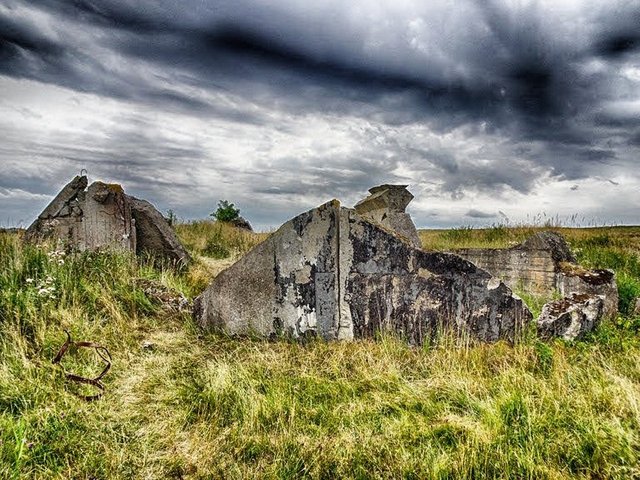 Concrete ruins, Isle of Usedom
Concrete ruins, Isle of Usedom
The same thing happens on what is now the Polish side of the border. A lot of things have been torn down here, and many more have sunk into the undergrowth. But if you keep your eyes open, you have a wonderful view of the hellhole of history.
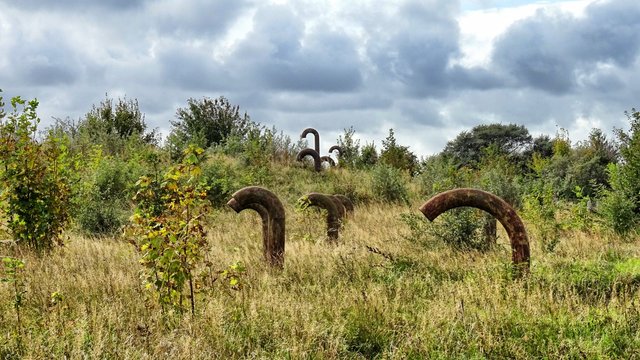 Snorchels, the bunkers iron lungs
Snorchels, the bunkers iron lungs
Hidden beneath the roots are the remains of so-called one-man bunkers, where soldiers had to spend long, lonely shifts staring at the horizon. In other places, only connecting passageways remain between positions that have long since disappeared.
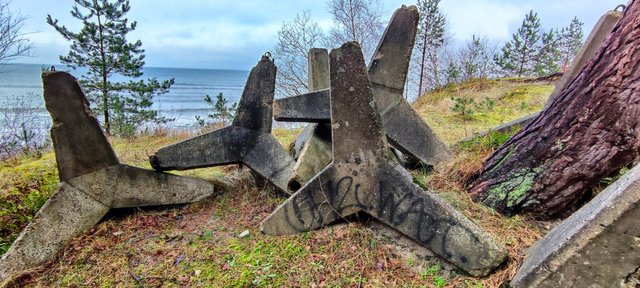 On a beach in Poland this remainings are forgotten
On a beach in Poland this remainings are forgotten
On peaceful beaches
The peaceful beach scenes that take place today on the wide sandy strips along the coast lie in the shadow of the dark memories of times when attacking enemies were expected here.
 Near a peaceful beach scene.
Near a peaceful beach scene.
Entire generations of young men were forced to spend their time underground, forced into uniforms and armed, forced to defend a country, or rather a government, that they rejected because it took away their freedom to come and go as you would have wanted.
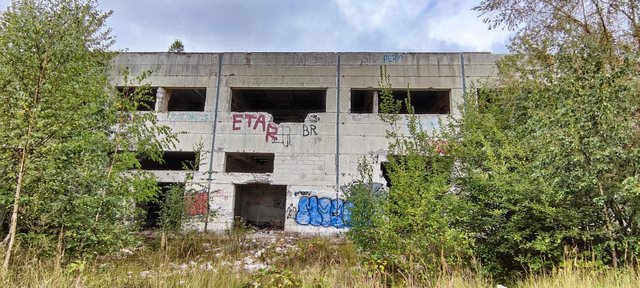 Build by the communist regime in Eastern Germany: A garage for tanks
Build by the communist regime in Eastern Germany: A garage for tanks
Nowhere is anything described or the background of the buildings explained. Older residents who know the area tell us about the huge construction crews that came to build these fortresses.
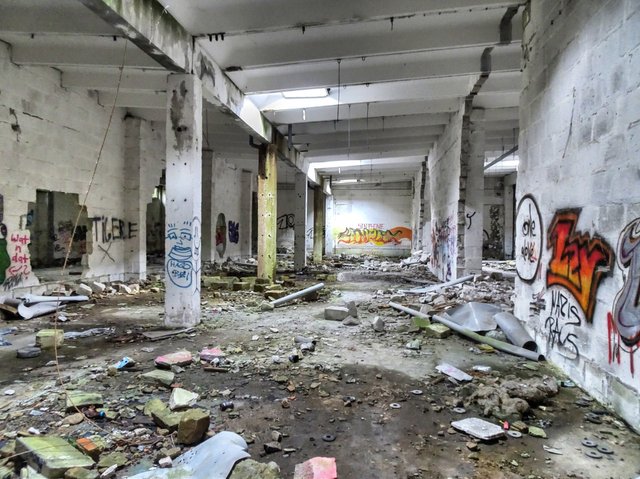 A workshop of the German NVA
A workshop of the German NVA
In a closed area
They were followed by teams who blocked barbed wire and took over entire forests for the military. You can now get up close again almost everywhere. Only near Peenemünde, the place where the Nazis let the later NASA space pioneer Wernher von Braun launch the first rockets into space, is an entire peninsula completely closed to this day.
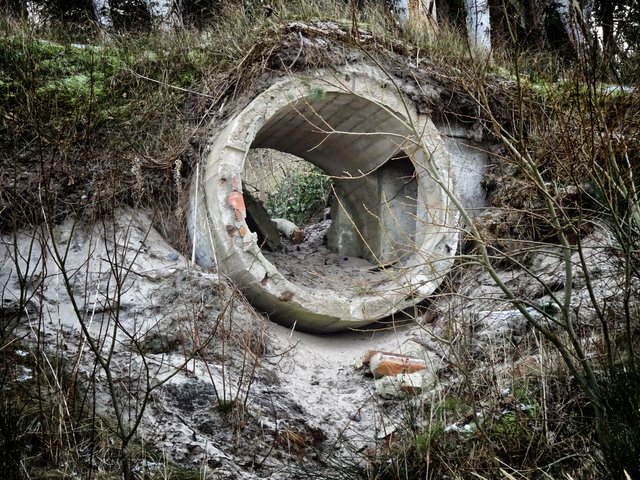 This is not a pipeline but a fallen one-man bunker
This is not a pipeline but a fallen one-man bunker
Because there is so much old ammunition there, and no one knows exactly how much, the entire area was declared a bird sanctuary and surrounded by a new, insurmountable fence...
Thank you for reading and if you like my work please follow me on Hive, Travelfeed or Steem or visit my homepage koenau.de
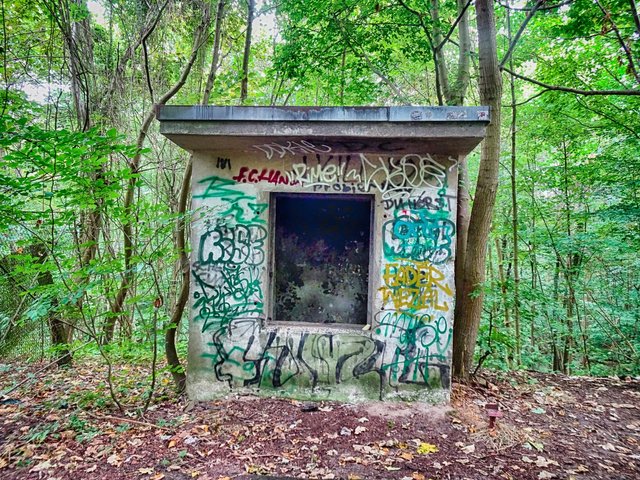 Guards House in the woods
Guards House in the woods
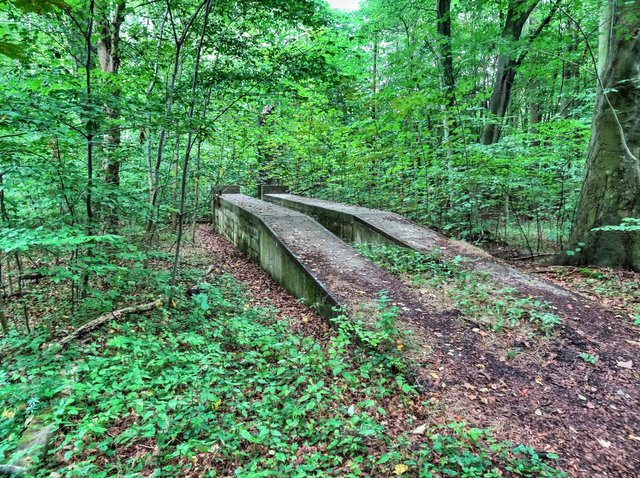 Vehicle ramp into nowhere
Vehicle ramp into nowhere
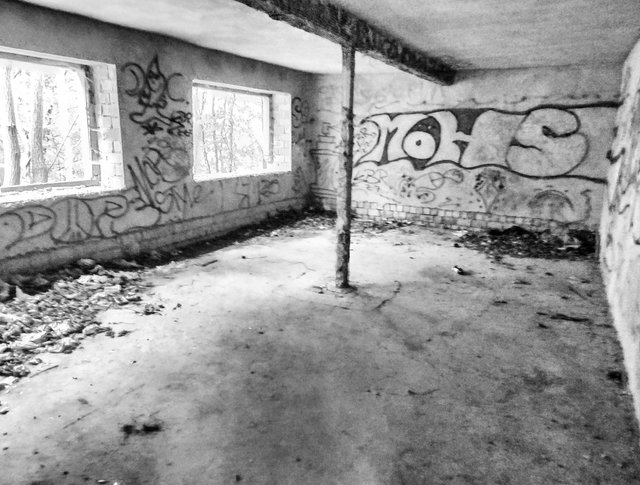 Inside the Barracks in Swasieden
Inside the Barracks in Swasieden
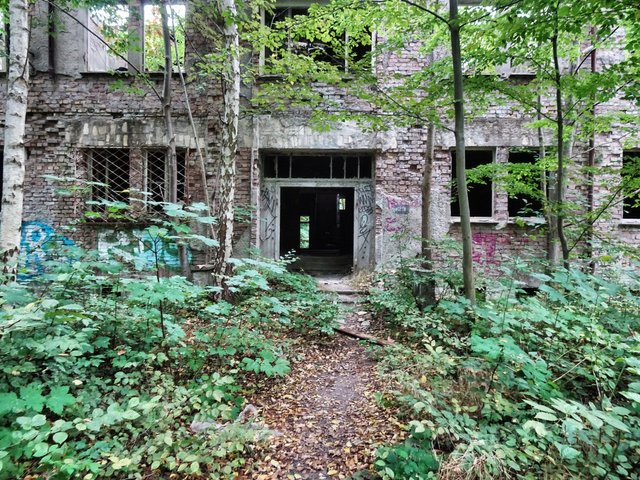 Crew quarters, lost and forgotten
Crew quarters, lost and forgotten
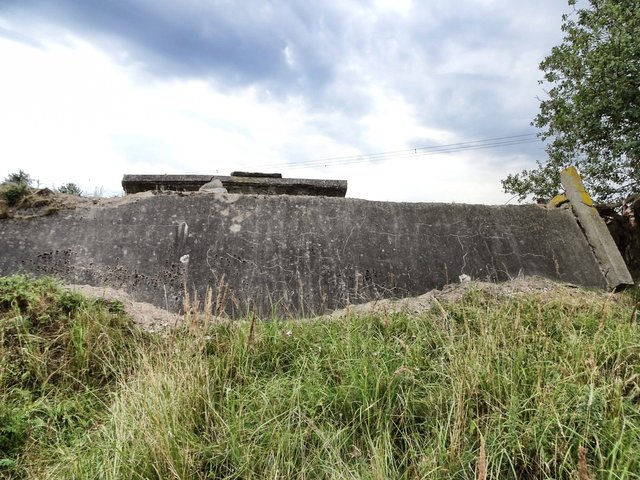 A giant concrete wall
A giant concrete wall
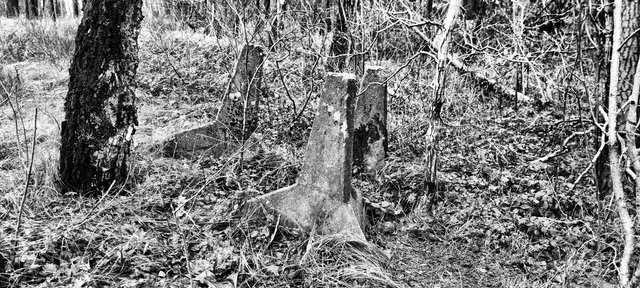 Another bunch of dragon teeths on the beach
Another bunch of dragon teeths on the beach
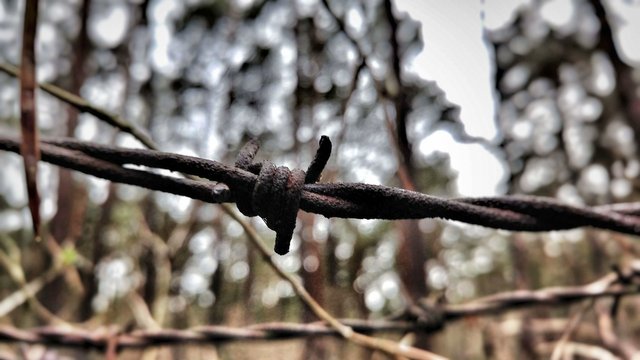 Barbeed wire fence
Barbeed wire fence
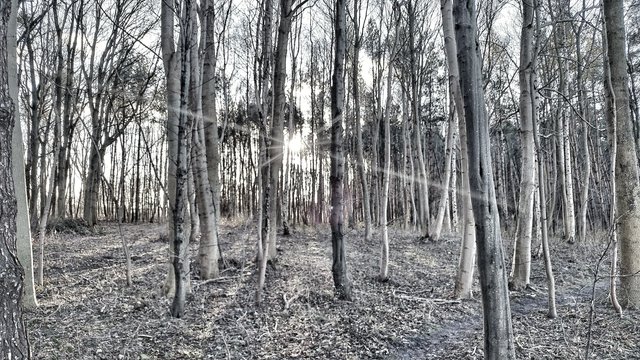 Everywhere in the ghost forest the history is hidden
Everywhere in the ghost forest the history is hidden
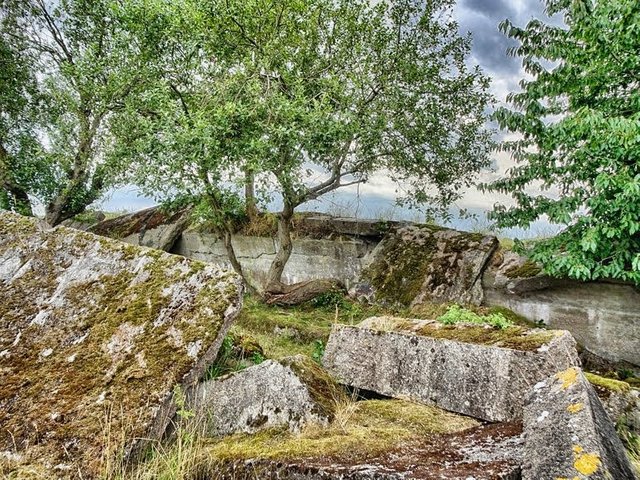 Nature strikes back
Nature strikes back
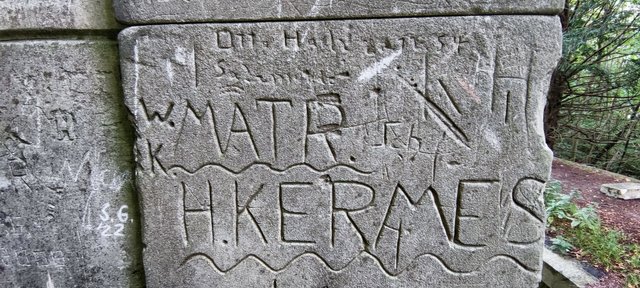 Sailor Kermes scratched this wall
Sailor Kermes scratched this wall
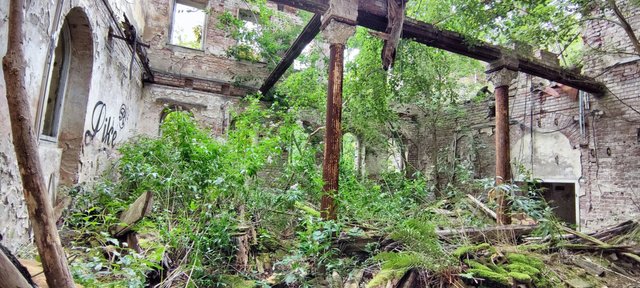 The roof isn't here anymore
The roof isn't here anymore
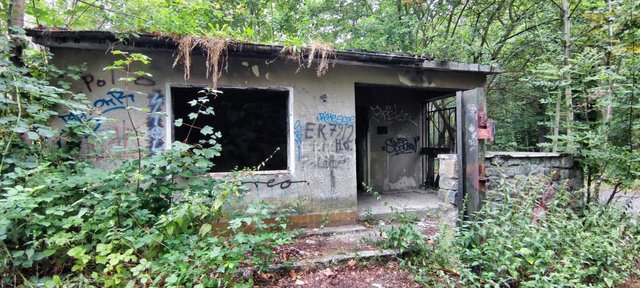 Guards House at Usedom: The writing on the wall is from am man who served 1979
Guards House at Usedom: The writing on the wall is from am man who served 1979
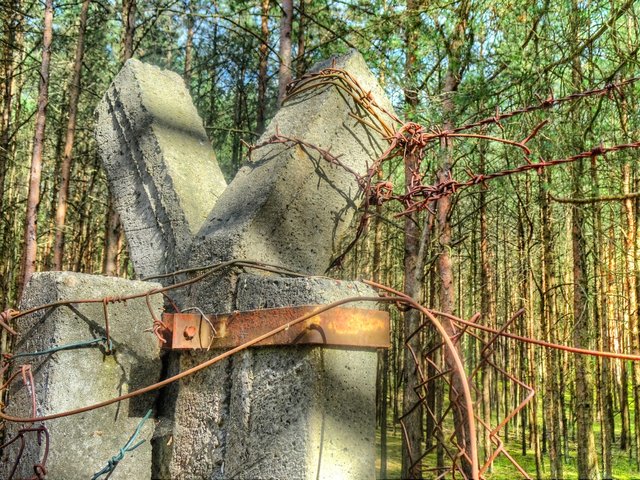 Behind this line are birds... and ammunition
Behind this line are birds... and ammunition
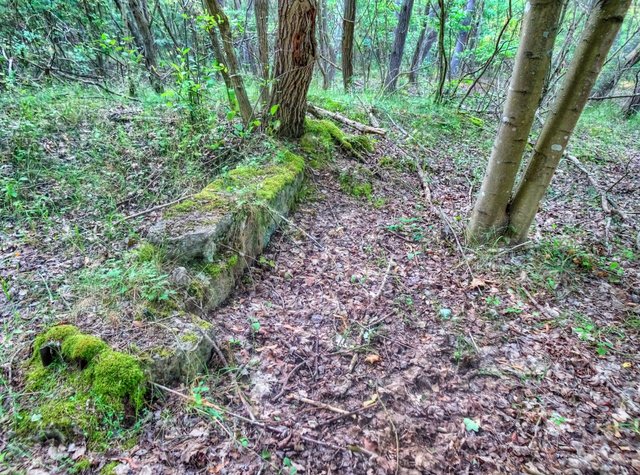 No one knows anymore whats this
No one knows anymore whats this
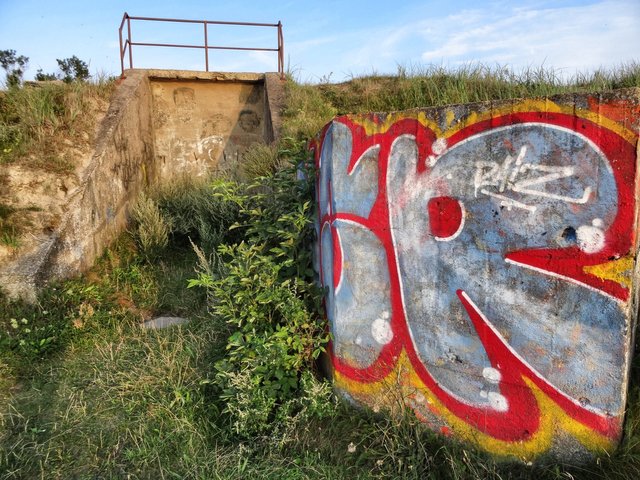 Closed door direct on the beach
Closed door direct on the beach
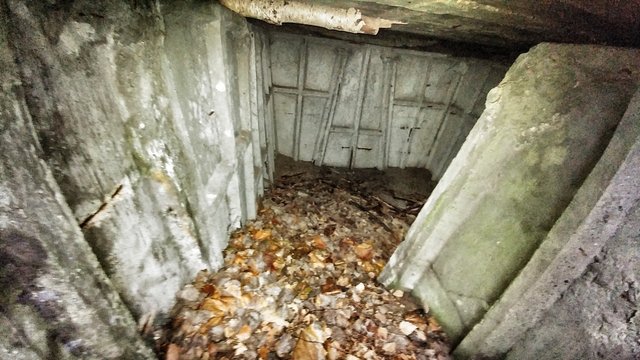 Inside a small bunker in Poland, near the beach
Inside a small bunker in Poland, near the beach
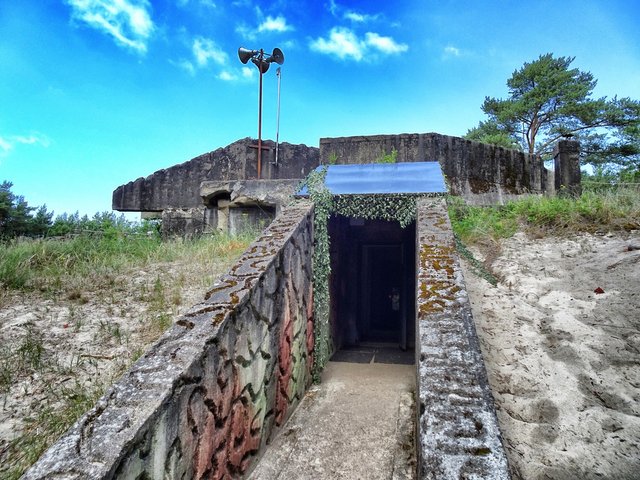 One of the biggest things along the coastline: The Bluecher Bunker near Danzig
One of the biggest things along the coastline: The Bluecher Bunker near Danzig
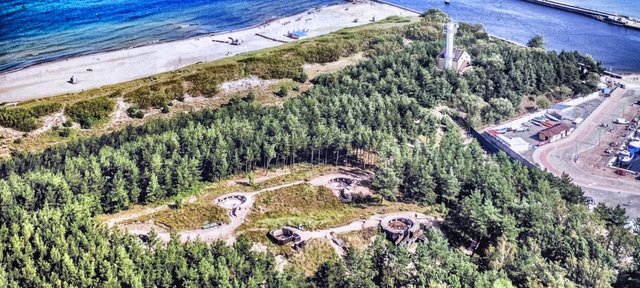 The Bluecher Bunker, seen by a drone
The Bluecher Bunker, seen by a drone
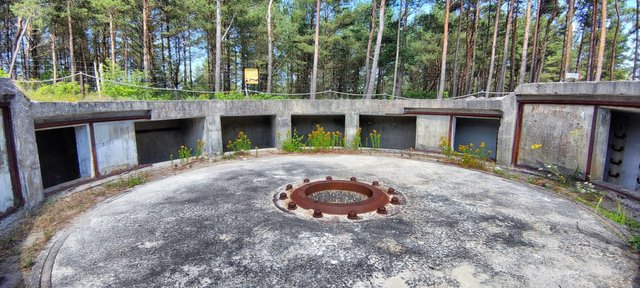 Gun position at the Bluecher bunker
Gun position at the Bluecher bunker
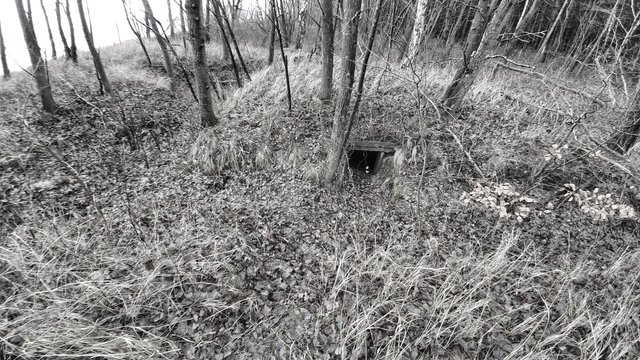 Hidden cellar, above on the left ist the cliff
Hidden cellar, above on the left ist the cliff
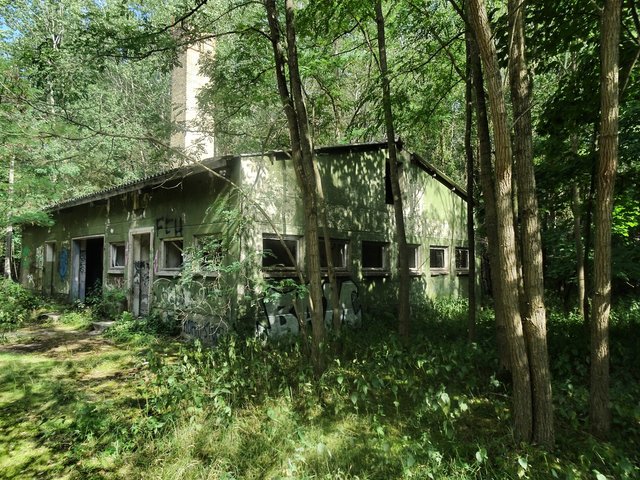 A green hell, 35 years later
A green hell, 35 years later
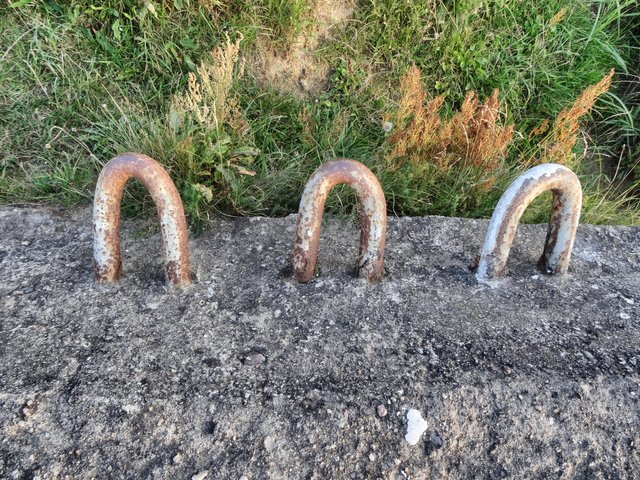 Rusty metal things, the salty air bites the concrete
Rusty metal things, the salty air bites the concrete
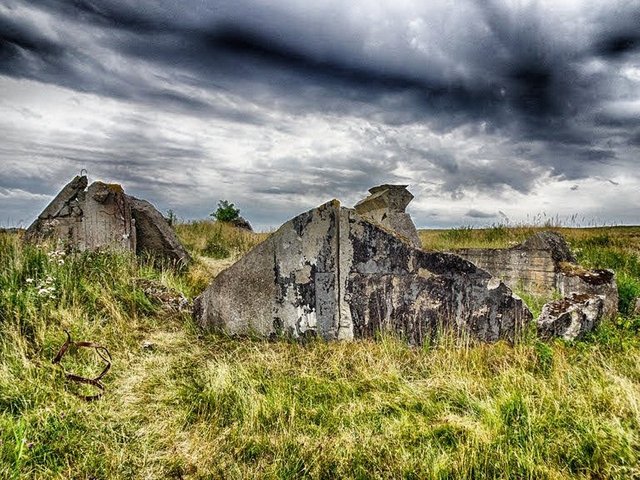
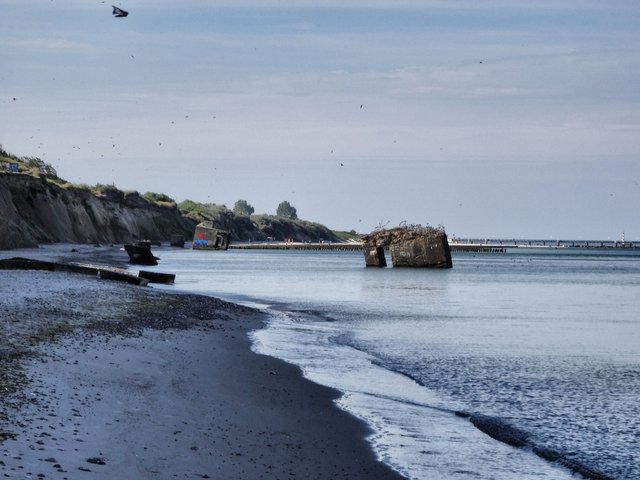
Congratulations @koenau! You received the biggest smile and some love from TravelFeed! Keep up the amazing blog. 😍 Your post was also chosen as top pick of the day and is now featured on the TravelFeed front page.
Thanks for using TravelFeed!
@for91days (TravelFeed team)
PS: You can now read your favourite travel blogs on your phone. Plus, blogging on-the-go just got easier! Download our app on the Apple App Store or get it on Google Play.
Downvoting a post can decrease pending rewards and make it less visible. Common reasons:
Submit